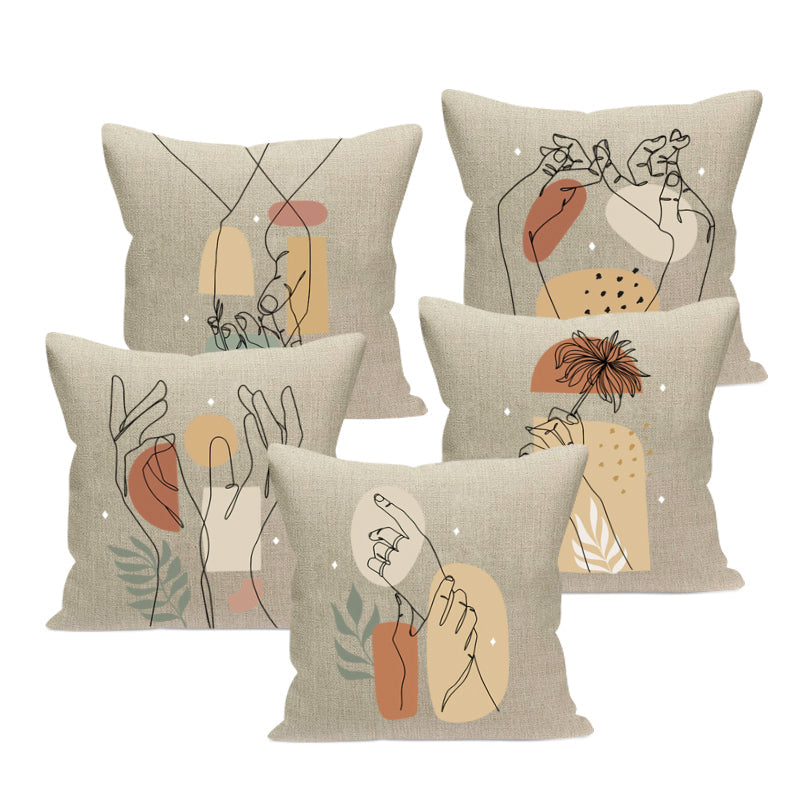Get This Report about Unique Art
Get This Report about Unique Art
Blog Article
Everything about Unique Art
Table of ContentsSee This Report about Unique ArtOur Unique Art StatementsUnique Art Things To Know Before You Get This5 Easy Facts About Unique Art Described
While one may discuss which art kind holds priority, the reality continues to be that each of these seven forms offers a distinct window right into human background, culture, and advancement. They are the tapestries that chronicle our journey, reminding us of our past while motivating visions for the future.Terrific artwork narrates, makes people look two times, and creates an unique experience that can not be matched. Art and images interact every one of that with color, form and various other layout components. Find out exactly how to make your one-of-a-kind artwork stand apart from the crowd.
3 Emil DervishIn this entranceway by Emil Dervish that stunning cobalt blue door steals the program. To bring a lot more dramatization, he expanded the paint. to the doorframe and the wall up, finishing in an arched shape. The curves, in addition to a round sconce, soften the sides - Unique Art. After that frameworks vintage posters and maps of beloved places set the scene.
8 TRIA GIOVANEqual components grand and laidback, this entrance hall created by Anthony Baratta is the perfect plan to follow if you're embellishing an official entrance that still feels unfussy and comfy. Patterned textiles take spotlight (see the carpets and the couch), however they also aid bring the high ceilings down to a human range when hung over wallpaper.
Unique Art - An Overview
18 Heidi Caillier DesignA gallery wall does not need to take up the whole space. Occasionally a tiny one can make a bigger design statement. In this living space, Hiedi Caillier opted for micro-mini frameworks and a random composition.
The aspects of this languageits forms, lines, colours, tones, and texturesare used in numerous methods to produce experiences of volume, area, movement, and light on a level surface. These elements are incorporated into expressive patterns in order to represent real or supernatural sensations, to interpret a narrative motif, or to create wholly abstract aesthetic relationships.
Later on the concept of the "great musician" created in Asia and Renaissance Europe. Famous painters were afforded the social standing of scholars and courtiers; they authorized their job, decided its layout and frequently its subject and images, and established a much more personalif not constantly amicablerelationship with their customers. Throughout the 19th century painters in Western cultures began to lose their social setting and safe patronage.
The Definitive Guide for Unique Art
Others gained an income with touring exhibitions of their work. The requirement to interest an industry had actually replaced the similar (if less impersonal) needs of patronage, and its impact on the art itself was probably comparable as well. Unique Art. Typically, artists in the 20th century can get to an audience only with business galleries and public museums, although their job might have been occasionally reproduced in art periodicals
For the history of paint in ancient Egypt, see Egyptian art and design. The growth of painting in different areas is like this treated in a variety This Site of posts: Western painting; African art; Main Asian arts; Chinese paint; Islamic arts; Japanese art; Oriental art; Native American art; Oceanic art and style; South Oriental arts; Southeast Asian arts. For a discussion of the bogus of masterpieces, see bogus. For a discussion of the role of paint and various other arts in religion, along with of making use of religious signs in art, see religious meaning and iconography. For information on various other arts associated with paint, see articles such as drawing; folk art; printmaking. It is the sense of certainty in this formal company that provides a terrific painting its self-sufficiency and visibility. The colours and positioning of the primary images in a design may be occasionally greatly decided by representational and symbolic considerations. Yet it is the formal interplay of colours and shapes that alone is qualified of connecting a particular mood, creating optical experiences of area, volume, movement, and light and producing forces of both consistency and tension, even when a painting's narrative meaning is rare.
Do not replicate the design of various other musicians if you're attempting to find your style. Copying other individuals's art work can be fantastic in educational objectives however it will not make you closer to locating your own one-of-a-kind style. Your creative style has to be, what you like and what motivates you.

The Best Guide To Unique Art
You need to attempt great deals of various alternatives and check out whatever before you can concentrate on one certain style or you'll be tired, or even worse, you'll hate your very own style. I suggest you to attempt every solitary topic that you're interested in, check out as much as you can. Attempt different tools that thrill you and new methods you've never ever tried prior to.
With time you'll have the ability to arrange every one of them right into your favorite and the very least favorite groups. Attempt to focus your attention on the subjects and tools that you like and prior to you see it coming you'll have your own personal and special design, like nobody else have! In the end you'll have a few favorite subjects to repaint and possibly a few preferred mediums.

Report this page